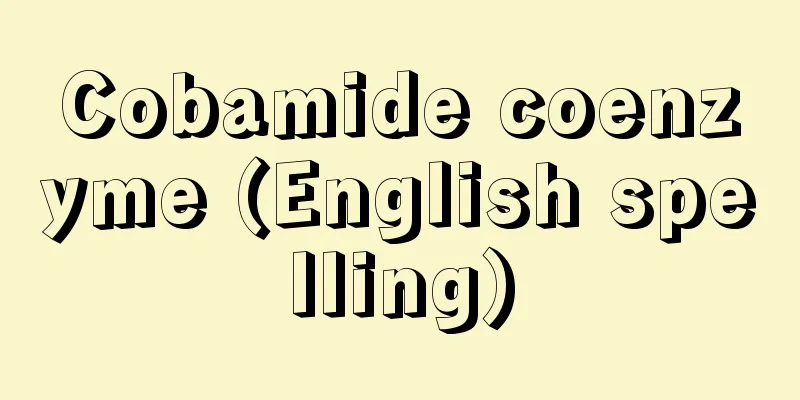Gyokusho Kawabata

|
Year of death: February 14, 1913 Year of birth: Tempo 13.3.8 (1842.4.18) A Japanese painter of the Meiji period. Born in Takakura Nijo Kawaramachi, Kyoto. His real name was Takinosuke. His other names included Keitei and Shoo. His father was a lacquer artist and also enjoyed haiku. He first learned lacquer from his father, and in 1852 he became a disciple of Nakajima Raisho, learning the Maruyama school. He also studied Chinese classics, Japanese classics, and art theory under Oda Kaisen. In 1866 he moved to Edo, where he studied Western painting for a time, drawing for peeping glasses, rough sketches, newspaper supplements, and more. He won awards at the Domestic Industrial Exposition and the Domestic Painting Exhibition. When the Tokyo School of Fine Arts (Tokyo University of the Arts) was founded, he was recognized by Tenshin and others, and was hired by the school in 1896, becoming a professor in 1898, a position he held until 1900. While he exhibited his work in new-school Japanese painting groups such as the Japan Painting Association, he also participated in the old-school Japan Art Association, and in 1896 he painted the painting of the cedar doors of the Imperial Palace, a work selected mainly from old-school artists. He incorporated realism from Western painting into the Maruyama school, and in his later years he also studied literati painting. In 1929 he became an Imperial Household Artist, and in 1942 he opened the Kawabata Art School. He also devoted himself to protecting ancient art, becoming a temporary inspector for the National Treasure Inspection Bureau in 1942, and a member of the Society for the Preservation of Ancient Shrines and Temples in 1955, and was active in a wide range of fields as a leading figure in the art world. (Michinobu Sato) Source: Asahi Japanese Historical Biography: Asahi Shimbun Publications Inc. About Asahi Japanese Historical Biography |
|
没年:大正2.2.14(1913) 生年:天保13.3.8(1842.4.18) 明治期の日本画家。京都高倉二条瓦町に生まれる。本名滝之助。別号敬亭,璋翁など。父は蒔絵師で俳諧もよくした。初め父に蒔絵を学び,嘉永5(1852)年中島来章に入門,円山派を学ぶ。また漢学や国学,小田海僊に画論も学んだ。慶応2(1866)年江戸に移り,覗眼鏡や版下絵,新聞付録などを描いて,一時洋画も学ぶ。内国勧業博覧会,内国絵画共進会などで受賞。東京美術学校(東京芸大)設立に際しては,天心らに認められ21年同校雇,23年教授に就任,45年まで勤めた。日本絵画協会など新派系の日本画団体に出品する一方,旧派の日本美術協会にも参加し,21年には旧派系作家を中心に人選がなされた皇居杉戸絵を揮毫している。円山派に西洋絵画の写実をとり入れ,晩年は文人画も研究した。29年帝室技芸員となり,42年には自ら川端画学校を開設。また22年臨時全国宝物取調局臨時鑑査掛嘱託,30年古社寺保存会委員など,古美術保護にも尽力し,画壇の重鎮として幅広い活動を展開した。 (佐藤道信) 出典 朝日日本歴史人物事典:(株)朝日新聞出版朝日日本歴史人物事典について 情報 |
>>: Filefish (skinned) - filefish (English spelling)
Recommend
ground effect machine
...They are also called ACVs (short for air cushi...
Pajamas - Pajamas (English spelling)
A loose-fitting garment worn by both men and wome...
Floating goby
A fish belonging to the order Perciformes and fam...
Character drama
〘 noun 〙 A play that emphasizes the character and ...
Condensed ring compound
A compound in which two or more rings are bonded t...
Pellets
This is a lump of indigestible matter (bones and f...
Lead Chloride - Enkanamalli
[ I ] Lead (II) chloride: PbCl 2 (278.11). Also c...
ICBM - Intercontinental Ballistic Missile
Intercontinental ballistic missile. A land-launche...
Myeloma
What kind of disease is it and what causes it? Th...
Emperor Chuai
Dates of birth and death unknown. According to th...
Petition - petition
It refers to the act of citizens directly express...
Tsiolkovsky
Soviet physicist. At the age of nine, he became al...
Industrial reserve army
A Marxist economics concept that regards the relat...
metal indicator
...In redox reactions, redox indicators that chan...









![Ei [town] - Ei](/upload/images/67cb0360267f4.webp)